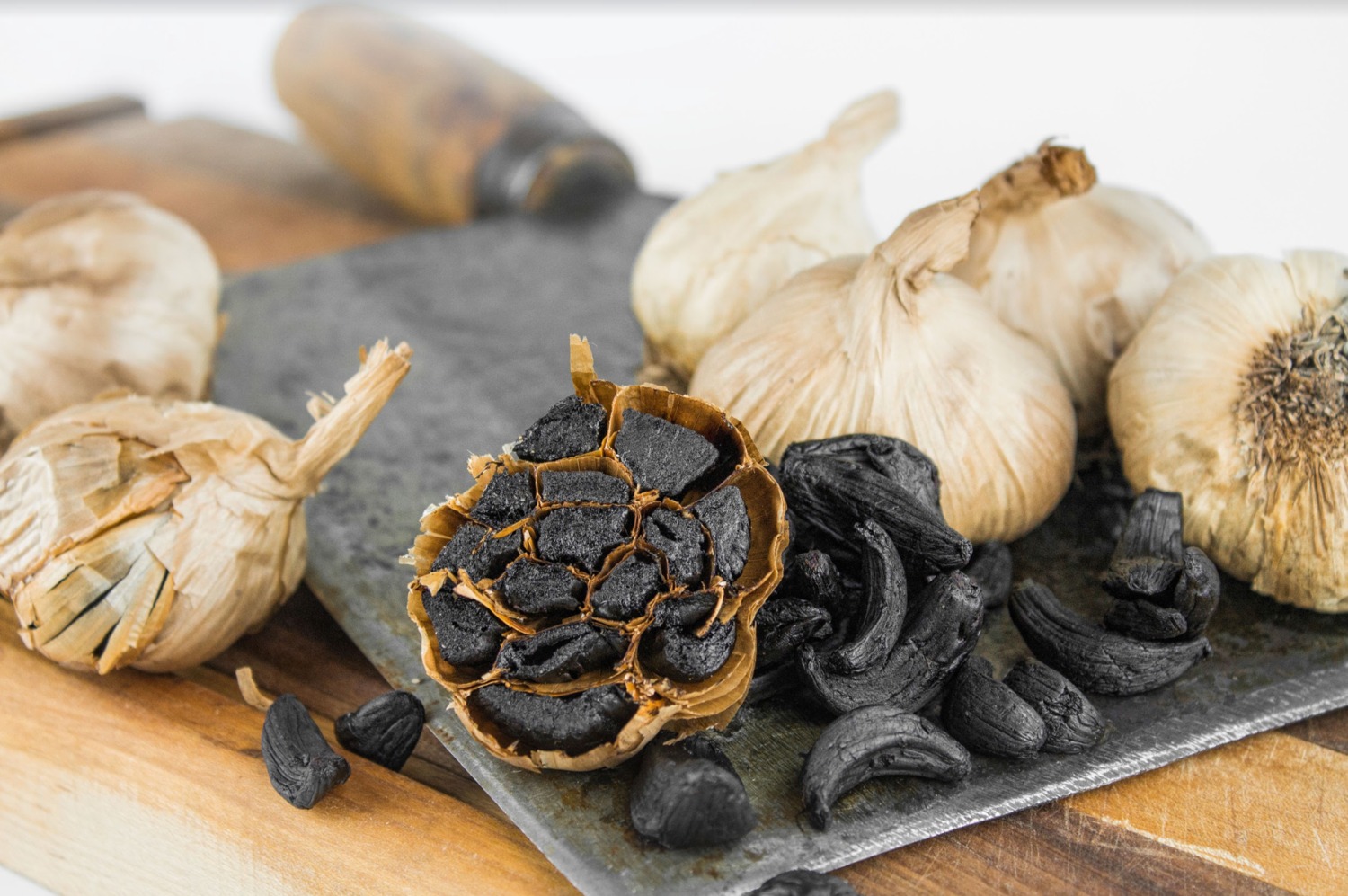Fizz and Flavor: An Exploration into Cold Drink History
The late 19th century saw the beginnings of the modern soft drink industry as we know it today. The invention of carbonated soft drinks was a significant turning point in the growth of the contemporary soft drink sector. Here are a few significant occasions in the development of the contemporary soft drink industry, Many natural ingredients and preparation techniques were employed by ancient humans to make and consume beverages. Here are a few instances from throughout the globe –
1. Water: Water was, of course, the most basic beverage in ancient times. Wells and springs provided clean, drinkable water, which was necessary for survival. People drank a lot of simple water or water flavored with different things.
2. Milk: Milk from animals such as cows, goats, and camels was a staple food in many ancient communities. It can be eaten raw or processed to make dairy, cheese, and yogurt products.
3. Fermented Drinks: In the past, there was a lot of fermented drink. This includes alcoholic drinks such as wine, beer, and mead (fermented honey and water). Natural yeasts were frequently used to make these drinks.
4. Herbal Teas and Infusions: Herbal teas made from steeping various plant materials (herbs, leaves, flowers, and roots) in hot water were consumed in ancient civilizations. These teas were often used for their medicinal properties and as a source of flavor.
5. Fruit Juices: People in ancient times would extract juices from fruits like grapes, pomegranates, and citrus fruits. These juices were often consumed fresh or used as sweeteners for other beverages.
McDonald’s vs. Starbucks: environmental protection – YouTube
6. Infused Waters: Ancient cultures infused water with various ingredients like fruits, herbs, and spices to add flavor. This is a practice that continues today and is seen in beverages like infused water or spa water.
7. Sharbat: As mentioned earlier, the tradition of sharbat, which involves mixing fruit juices, flower extracts, or other flavorings with water and sweeteners, was prevalent in regions like South Asia and the Middle East.
8. Teas and Tisanes: Tea, made from the leaves of the Camellia sinensis plant, was consumed in ancient China and later became popular in other parts of the world. Tisanes, or herbal teas, were brewed from various plants and herbs, often for their purported medicinal properties.
9. Ayurvedic and Traditional Medicine Brews: In ancient India and other parts of the world, traditional medicinal brews were prepared using a combination of herbs, roots, and spices to treat various ailments.
These ancient beverages not only provided hydration but also played a significant role in cultural and social practices. The methods and ingredients used for preparing these drinks varied widely depending on the region and the available resources.
What will you be eating in 2050? food shortage – YouTube
Cold drink culture
The culture of cold drinks, encompassing both iced beverages and carbonated sodas, has a long history that can be traced back to various points in time and regions. The practice of cooling beverages with ice or snow dates back thousands of years, with ancient civilizations like the Chinese using ice to chill their drinks as early as 2000 BCE. The development of modern carbonated soft drinks began in the late 18th and early 19th centuries in Europe, with carbonated water and flavored beverages like soda water gaining popularity. The late 19th and early 20th centuries witnessed the rise of the modern soft drink industry, with companies like Coca-Cola and Pepsi-Cola becoming major players. They marketed their products as refreshing when served cold, contributing to the culture of consuming cold drinks. The availability of refrigeration and convenient packaging like cans and bottles further solidified the role of cold drinks in contemporary food and beverage culture worldwide.
The consumption of cold drinks, such as iced beverages and carbonated sodas, has a history that dates back to ancient times, but the specific “cold drink culture” can be traced to different points in history depending on the region and the type of beverage.
1. Iced Beverages: The practice of cooling beverages with ice can be traced back to ancient civilizations. In the Middle East and Asia, there is evidence of people chilling drinks with ice or snow thousands of years ago. The Chinese are believed to have been making and consuming iced drinks as early as 2000 BCE. In the West, the Romans and Greeks sometimes chilled their wine by placing it in snow or ice, but these practices were not as widespread as they are today.
2. Carbonated Soft Drinks: The modern culture of cold carbonated soft drinks can be traced back to the late 18th and early 19th centuries. In the late 18th century, people in Europe began experimenting with carbonation by dissolving carbon dioxide in water, creating carbonated water. In the early 19th century, flavored carbonated beverages, such as soda water, started to gain popularity. The first commercial carbonated soft drink, known as soda water, was introduced by Joseph Priestley in 1767. Over time, various flavors were added, and the soda fountain and soda jerk became popular fixtures in American culture in the late 19th and early 20th centuries.
3. Modern Soft Drink Industry: The late 19th and early 20th centuries saw the emergence of the modern soft drink industry, with companies like Coca-Cola (founded in 1886) and Pepsi-Cola (founded in 1893) becoming major players. These companies marketed their carbonated beverages as refreshing and best enjoyed cold, helping to shape the culture of consuming cold drinks.
The invention of easy packaging, including glass bottles and later aluminum cans, and the widespread availability of refrigeration all contributed to the soft drink industry’s expansion. Soft drinks were popularized and became a staple of contemporary food and beverage culture thanks in large part to advertising and marketing activities. Over the years, the soft drink industry has expanded and changed, bringing a vast range of flavors and product options.
What Is Plant-Based Chicken Made of and Is It Healthy? – YouTube
Visit our Home to read more interesting material, don’t forget to subscribe us !





Your method of telling all in this article is really pleasant, all be capable of
effortlessly be aware of it, Thanks a lot.